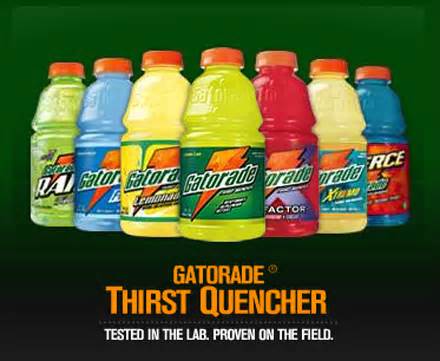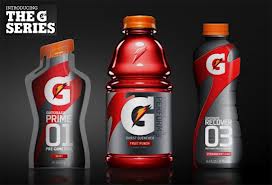Athletics
Page Navigation
- Athletics Home
- High School Athletics
- Middle School Athletics
- Elementary Athletics
Hydration
-
7 Fundamentals for Heat Acclimatization and Heat Illness Prevention
• Exertional Heat Stroke (or EHS) is the leading cause of preventable death
in high school athletics.• Exertional heat stroke can be prevented through acclimatization and taking
basic safety precautions.• Knowing the signs of exertional heat stroke and heat illness, and having an
emergency action plan in place can prevent serious illness and save lives.Follow these 7 fundamentals to keep every player safe!
1. Physical exertion and training activities should begin slowly and continue progressively.
An athlete cannot be “conditioned” in a period of only 2 to 3 weeks.2. Keep each athlete’s individual level of conditioning and medical status in mind and adjust
activity accordingly. These factors directly affect exertional heat illness risk.3. With an increase in heat/humidity, especially if the heat and humidity level is a significant
change from the previous few days:
• Decrease intensity of activity
• Increase frequency/duration of rest breaks
• Reduce uniform/equipment
Continue to closely monitor players in these changing conditions.4. Athletes must begin practices and training activities adequately hydrated.
5. Recognize early signs of distress and developing exertional heat illness, and promptly
stop activity for affected players and treat accordingly. Do not delay first aid!6. Recognize more serious signs of exertional heat-related distress. Immediately stop
activity and seek medical attention by activating the emergency medical system. Begin
on-site rapid cooling immediately.7. Develop an emergency action plan with clearly defined, written and practiced protocols.
This should be in place before any emergency happens.
Documents



